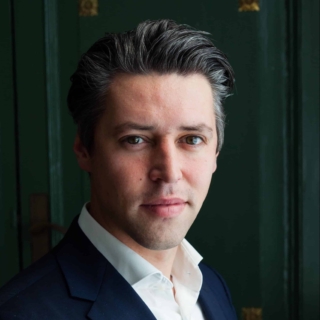The MIT Feasibility is a scheme to stimulate innovation in small and medium-sized enterprises in which different technology areas work together.
Due to the limited budget and the often tight application period, the focus on quality is of great importance. In addition to the MIT Feasibility studies, MIT R&D collaboration projects are also being funded (in which SME entrepreneurs work together).
The MIT Feasibility project is aimed at individual SME entrepreneurs. With a Feasibility project, we can identify the technical and economic risks of a proposed innovation project.
Submitting an MIT application is very attractive for three reasons:
- The subsidy is paid out in cash, which can be the last push needed to actually realize an innovation;
- By first investigating the feasibility of a project, the chance of success increases enormously;
- A thorough MIT Feasibility study, possibly supplemented with experimental development, can be a (too) large investment for SMEs. It is precisely these R&D costs that are stimulated with both MIT variants.
What applies to all MIT variants?
MIT stands for SME innovation stimulation top sectors. Innovation is stimulated thanks to the focus on a deep investigation, prior to actual innovation. For instance: mapping out whether the innovation is feasible, or finding out what the development possibilities of new products are. Each year, a budget is set for the national applications and a separate one for the regional applications (5 Dutch regions). The application period differs per year: sometimes a strict deadline applies, sometimes ‘first come first serve’ applies. Due to the limited budget and the often tight application period, we have a strong focus on quality.
The MIT Feasibility project
The MIT Feasibility project is aimed at individual SME entrepreneurs. With a feasibility project, the technical and economic risks of a proposed innovation project can be investigated.
What is a feasibility project?
The project consists of a feasibility study, possibly supplemented by industrial research or experimental development. A feasibility project consists of at least 60% of the costs of a feasibility study and may consist of 40% of the experimental development.
- Examples of a feasibility study are a literature review, patent research, inventory of available technology and potential partners, market research and a competitive analysis.
- Examples of industrial research or experimental development are activities aimed at gaining knowledge about the development of new products, production processes or services.
How is the MIT feasibility project paid out?
The subsidy amounts to 40% of the eligible costs (up to a maximum € 20,000). Only the applicant’s costs are eligible. The duration of a feasibility project can be a maximum of 1 year. Within 4 months of the grant application, the implementation of the feasibility project must be started. The MIT Feasibility subsidy will open on April 12, 2022.
Why involve Innovencio in your MIT application?
Innovencio sheds light on a number of relevant points:
Additional subsidy, next to WBSO
With every WBSO application, we check whether a plan is also eligible for a MIT application. Because the plans are already known to us, we can determine whether a MIT subsidy application is also promising. The MIT scheme can then serve as an additional grant next to the WBSO.
Active approach to the customer
Due to the varying application dates, it is important to be there in time to submit a MIT application. This sometimes has to be done in the relatively short term. Because we maintain in close contact with our customers and are well aware of their developments, we can approach a customer in a targeted manner if we see that their innovative idea fits the criteria of the MIT scheme.
High scoring probability MIT applications
The quality that we set as a standard for the applications is also appreciated as such. Because of our high scoring probability, a quarter of MIT applications for region South lie with our agency.
